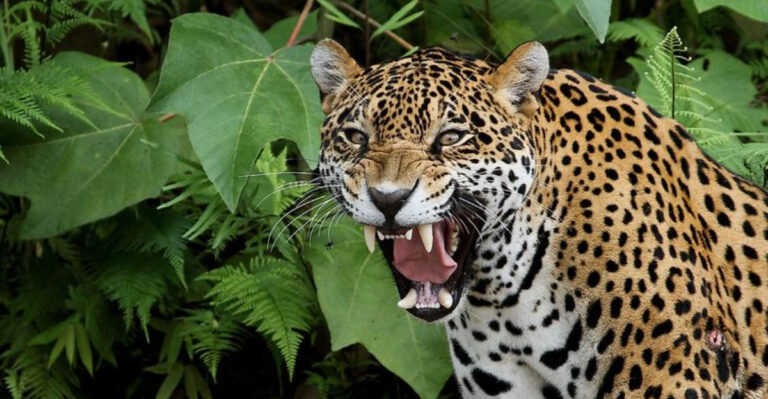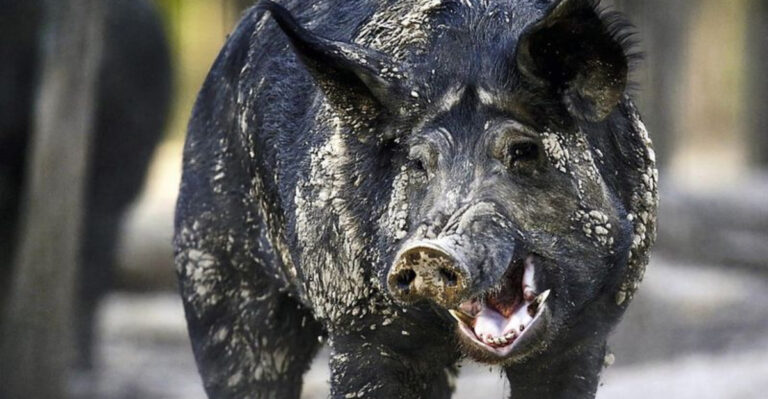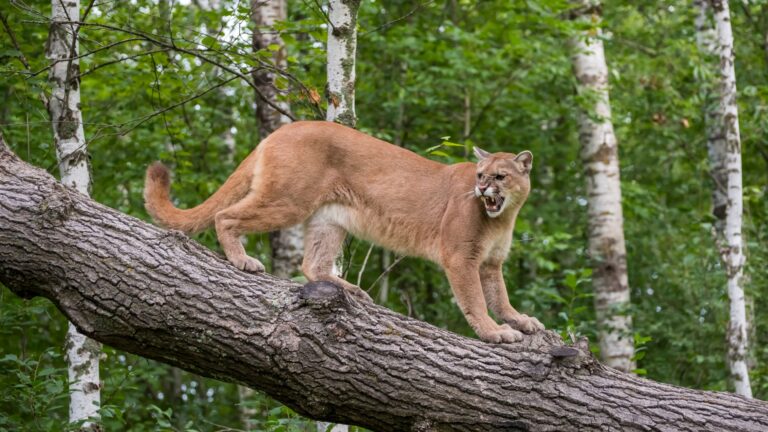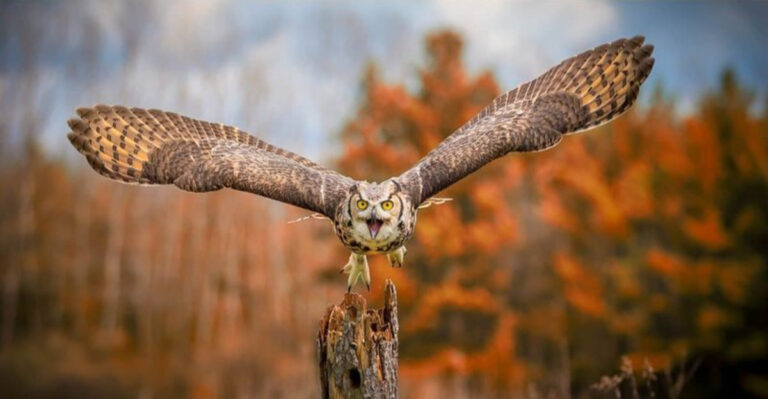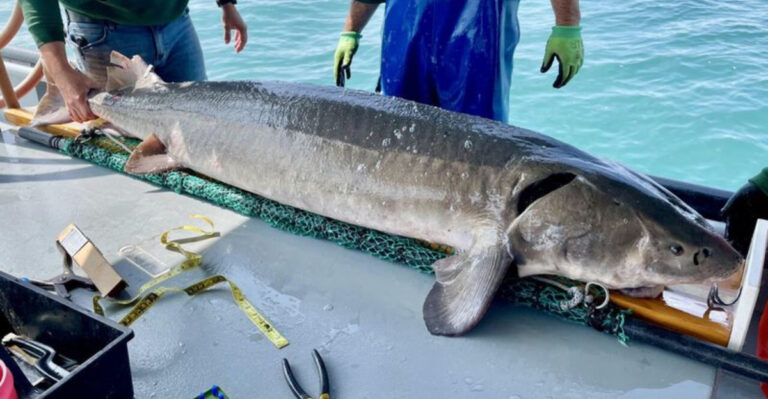15 Ways Predator Comebacks Are Transforming American Ecosystems
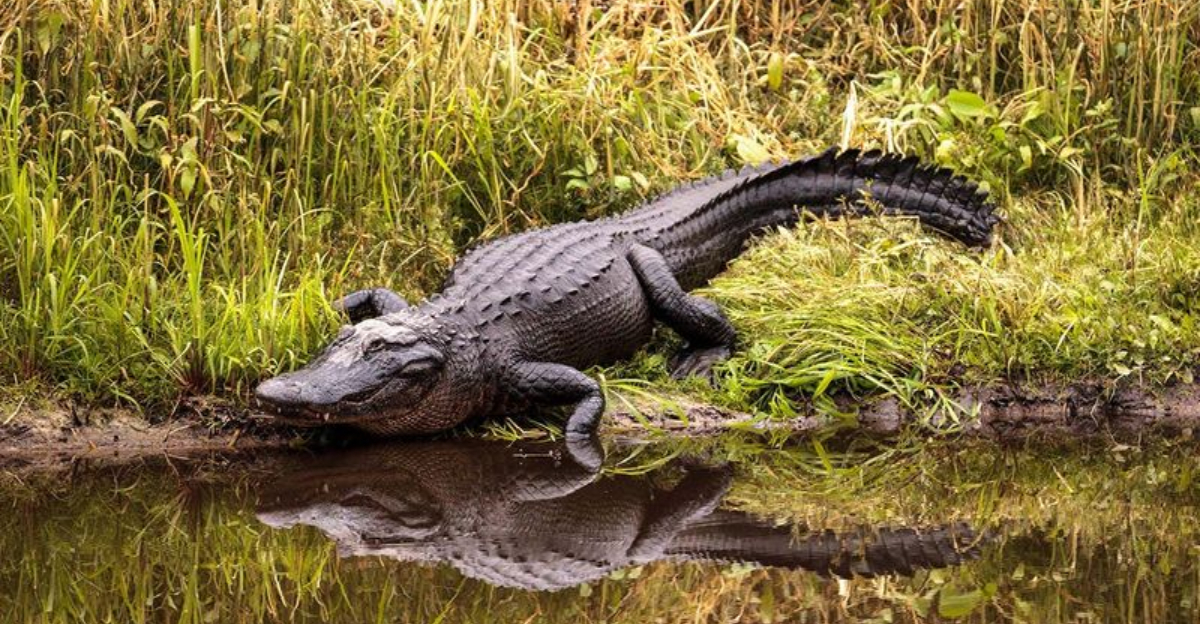
Did you know that wild predators are making an epic comeback across America?
After disappearing from many regions for decades, wolves, cougars, and even bears are returning to their old stomping grounds – and it’s having a huge impact on the environment!
These predators aren’t just cool to see again; their return is shaking things up in the most amazing ways.
1. Wolf Packs Reshape River Systems
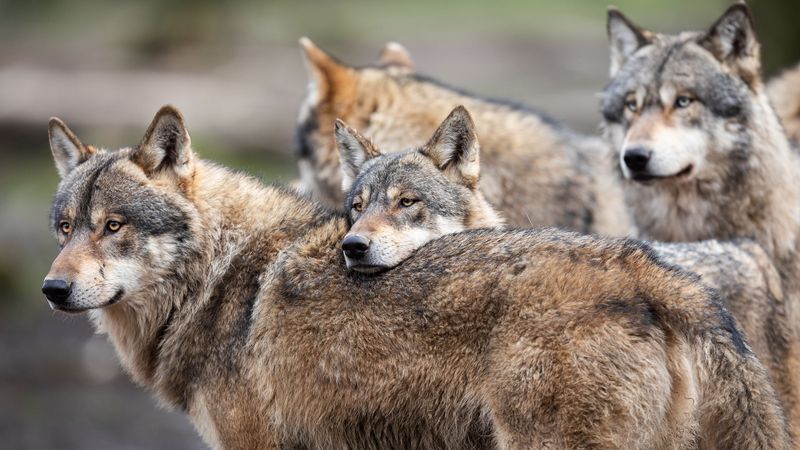
Wolves in Yellowstone have triggered a chain reaction that’s actually changing how rivers flow! By hunting deer and elk, wolves keep these grazers moving, allowing riverside willows and aspens to grow back.
These trees stabilize riverbanks, preventing erosion and creating deeper, cooler channels. Beavers return to build dams in these healthy zones, creating wetlands that support fish, amphibians, and birds.
2. Mountain Lions Create Forest Nurseries
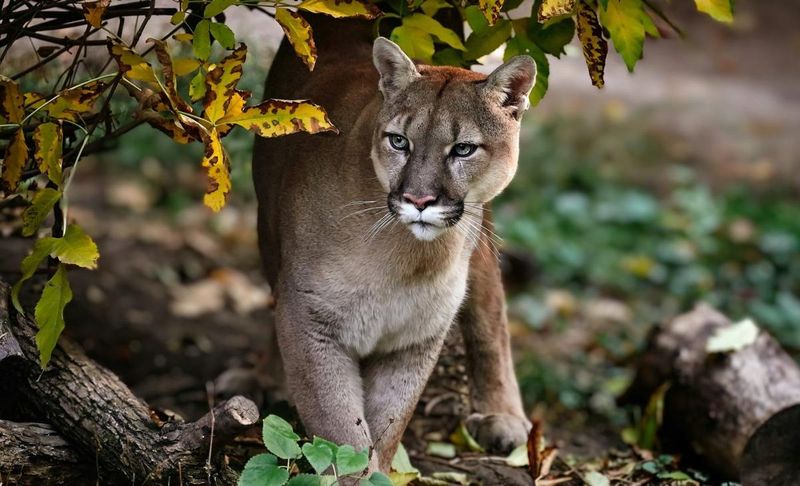
Deer fear mountain lions more than anything else in the forest. Scientists have noticed that areas with cougars have fewer deer lingering in one spot, which means young tree seedlings actually survive instead of being eaten.
These “fear zones” become natural forest nurseries. The regrowth creates denser canopies and understories, offering homes for songbirds, squirrels, and countless insects that wouldn’t otherwise have places to live.
3. Bears Fertilize Ancient Forest Systems

Bears are nature’s gardeners! When grizzlies and black bears catch salmon from streams, they often carry their meals into the forest to eat safely. The leftover fish parts decompose, creating nutrient-rich patches.
Scientists have tracked nitrogen from ocean fish traveling hundreds of feet into forests through bear activity. These nutrient hotspots grow unusually lush vegetation, supporting more insects, birds, and small mammals than surrounding areas.
4. Bobcats Control Disease-Carrying Rodents
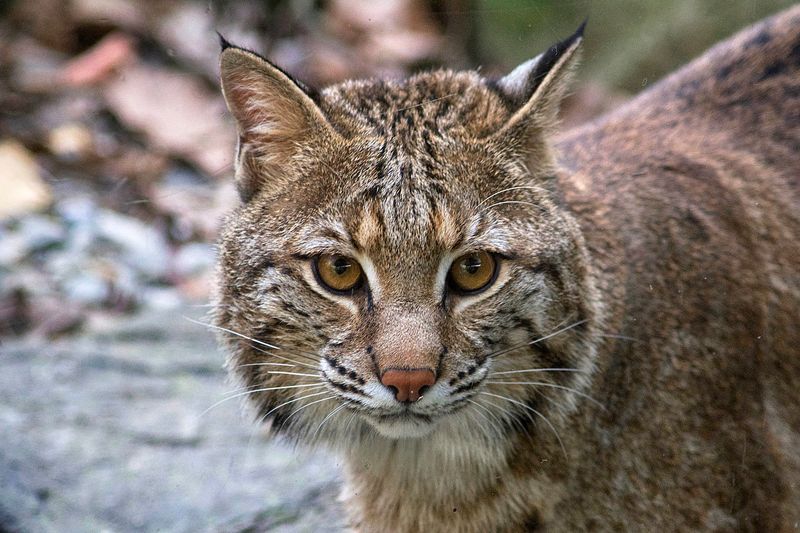
Bobcats are making quiet comebacks in suburban areas, bringing unexpected health benefits. These medium-sized cats excel at hunting mice, rats, and other rodents that carry ticks and disease.
Research shows neighborhoods with healthy bobcat populations have fewer cases of Lyme disease and other tick-borne illnesses. By controlling rodent numbers naturally, these predators reduce the need for harmful pesticides while protecting human health.
5. Coyotes Balance Urban Wildlife
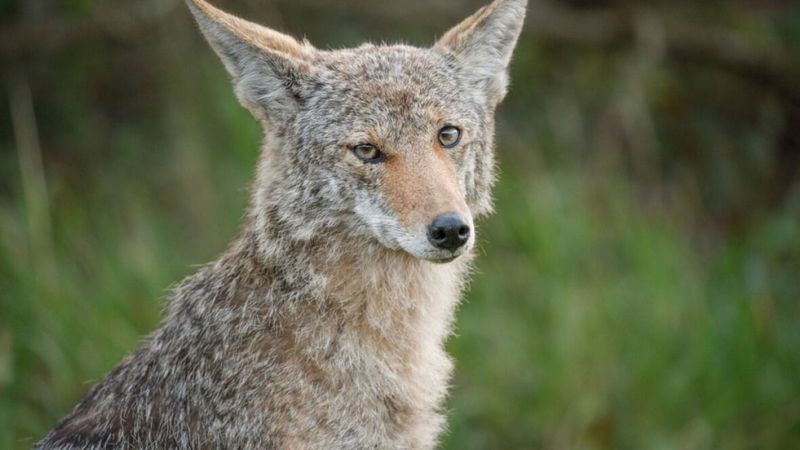
Coyotes have adapted brilliantly to city life, patrolling parks and greenbelts at dawn and dusk. Their presence keeps raccoon, skunk, and feral cat populations in check – animals that would otherwise multiply rapidly in urban environments.
Cities with healthy coyote populations report more songbird diversity and fewer human-wildlife conflicts overall. These resourceful predators have essentially become nature’s wildlife managers in our most developed landscapes.
6. Otters Revive Seagrass Meadows
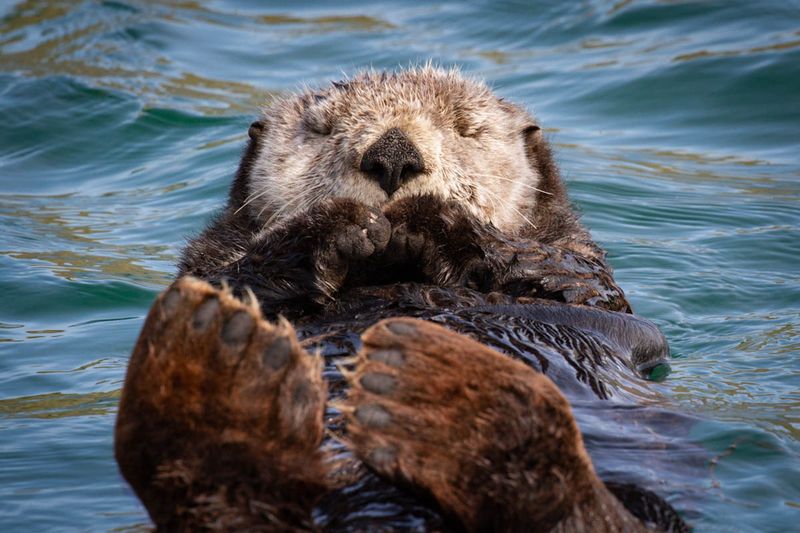
Sea otters along the California coast hunt sea urchins that would otherwise devour underwater kelp forests. Without these furry predators, urchins multiply unchecked, creating barren underwater deserts.
Where otters have returned, lush seagrass and kelp forests have rebounded, capturing carbon and providing nursery habitat for commercially important fish. These underwater forests also buffer coastlines against storm surges and erosion, protecting human communities.
7. Rattlesnakes Protect Crop Fields
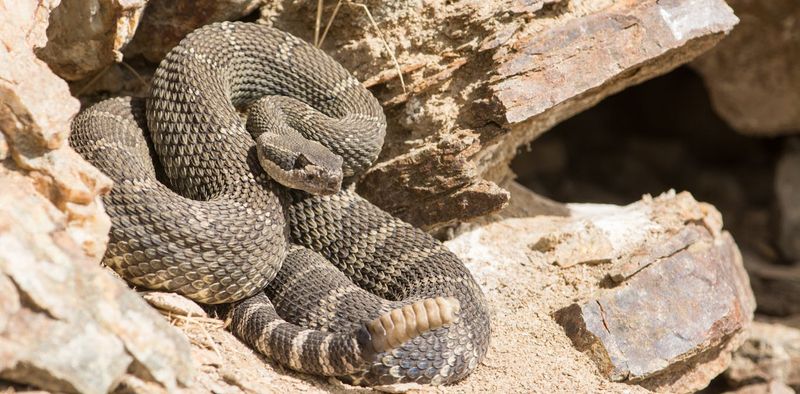
Farmers are learning to appreciate rattlesnakes patrolling field edges! A single timber rattlesnake can consume 2,500-4,500 ticks per year by eating the mice that carry them.
They also control destructive rodents that damage crops and stored grain. Progressive farmers now create snake-friendly habitat along field borders, reducing pesticide needs while improving yields. These natural rodent controllers save millions in crop damage annually.
8. Foxes Create Grassland Mosaics

Red and gray foxes shape grassland ecosystems through their hunting patterns. Unlike larger predators, foxes target voles, mice, and ground-nesting birds in specific territories, creating patchy grazing patterns.
This patchwork effect increases plant diversity as different grasses thrive in different areas. The resulting mosaic landscape supports more butterfly and pollinator species than uniform grasslands, creating resilient ecosystems that better withstand drought and climate change.
9. Alligators Engineer Wetland Habitats
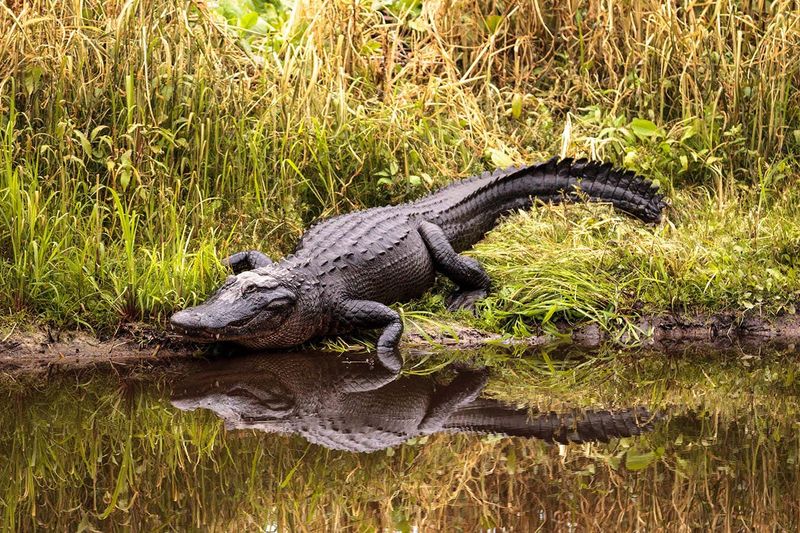
Alligators create “gator holes” – depressions that hold water during dry seasons when other wetlands disappear. These lifesaving water sources become crowded with fish, turtles, wading birds, and other creatures that would otherwise perish.
Female alligators also build massive nest mounds from vegetation. After hatchlings leave, these mounds decompose into fertile islands where rare plants take root, creating biodiversity hotspots throughout southern wetlands.
10. Bald Eagles Clean Waterways
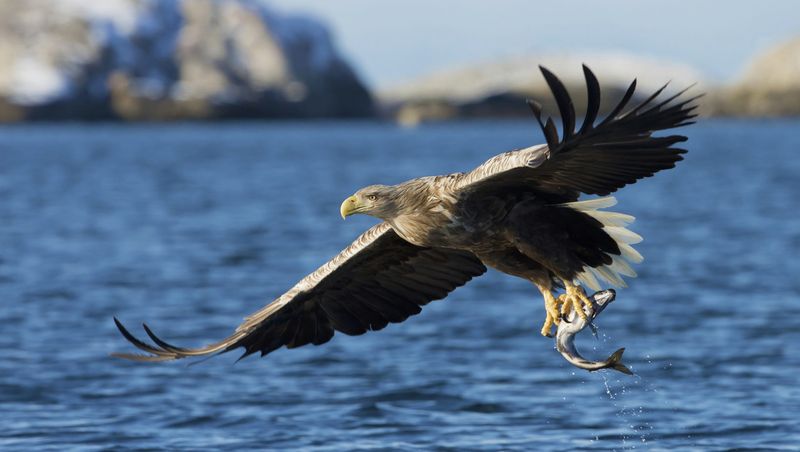
America’s national bird does double-duty as nature’s cleanup crew! Bald eagles target sick and injured fish, preventing disease spread in lakes and rivers. They’re also efficient scavengers, removing dead animals that would otherwise pollute waterways.
Studies show waters with healthy eagle populations have fewer fish disease outbreaks and clearer water. Their preference for hunting in open areas also keeps invasive fish species in check, protecting native aquatic communities.
11. Falcons Protect Airport Safety
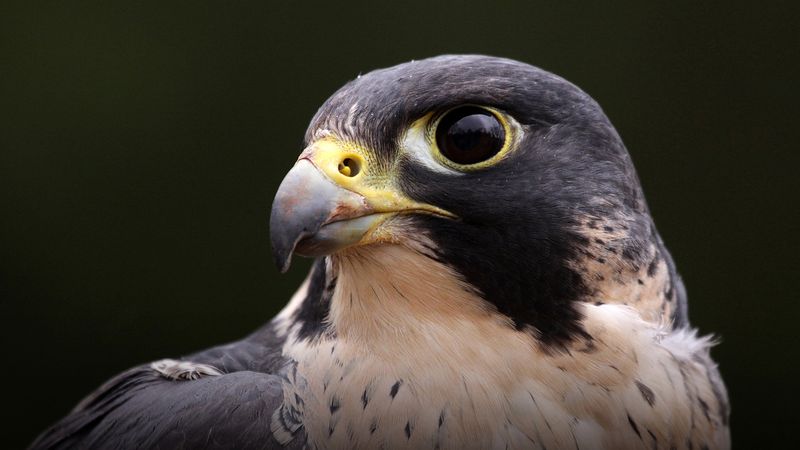
Peregrine falcons are making remarkable urban comebacks, nesting on skyscrapers and bridges. Airports now deliberately attract these predators by creating nesting platforms near runways.
The falcons naturally chase away flocks of gulls, pigeons, and starlings that cause dangerous bird strikes with aircraft. This natural bird control has saved millions in aircraft damage and potentially prevented crashes, showing how predator restoration benefits both nature and people.
12. Ospreys Signal Watershed Health
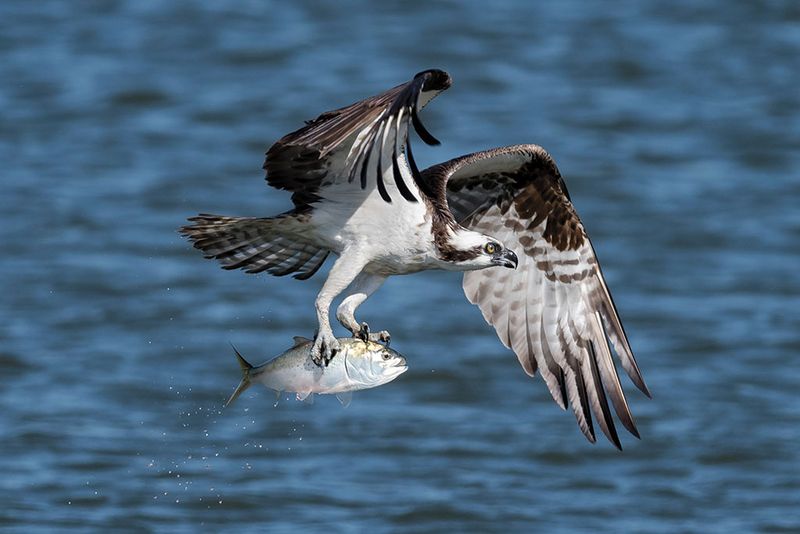
Fish-hunting ospreys are returning to rivers and lakes across America, signaling dramatic improvements in water quality. These raptors disappeared during the DDT era but have rebounded as pollutants decreased.
Scientists now track osprey populations as indicators of watershed health. Their fishing success rates reveal fish abundance, while contaminant levels in their eggs provide early warnings about pollution problems. Healthy osprey populations mean healthy waters for human recreation and drinking.
13. Minks Restore Wetland Balance
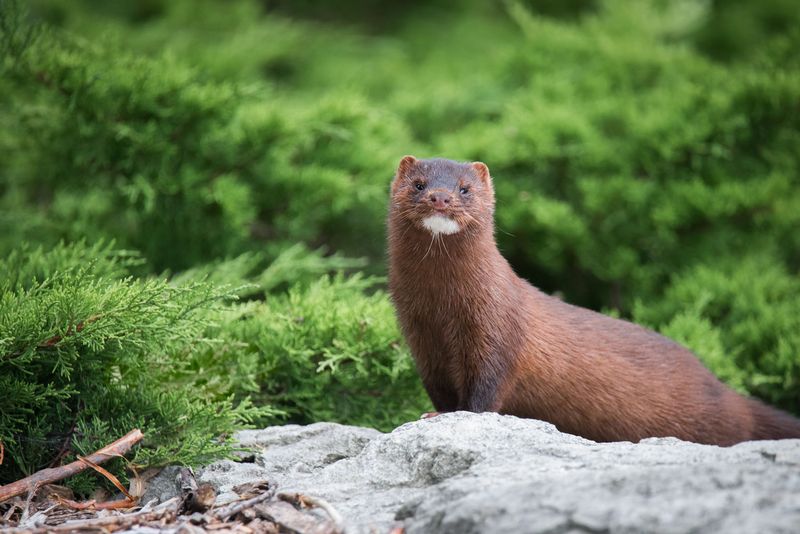
American mink are returning to wetlands nationwide, bringing unexpected benefits to these threatened ecosystems. These semi-aquatic hunters target invasive crayfish that damage native plant communities and disrupt food webs.
Wetlands with healthy mink populations show greater amphibian diversity and clearer water. Their preference for hunting along shorelines creates protected zones where sensitive aquatic plants can thrive, increasing habitat complexity and supporting more species overall.
14. Badgers Create Underground Biodiversity
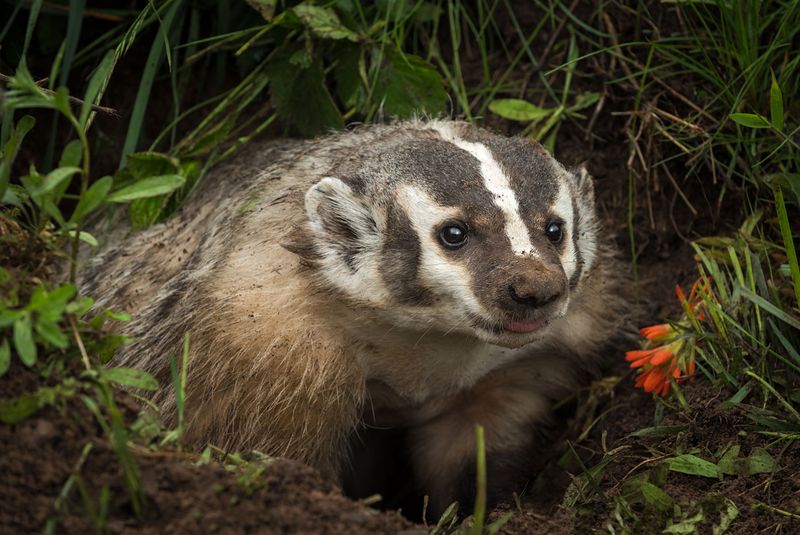
Badgers might look grumpy, but they’re ecosystem engineers! Their extensive burrow systems create underground apartment complexes used by dozens of other species, from burrowing owls to rare reptiles.
Their digging aerates soil and brings nutrients to the surface, allowing specialized plants to grow. Prairie regions with returning badger populations show measurably higher plant diversity and better soil health than areas without these industrious diggers.
15. Hawks Balance Small Mammal Populations
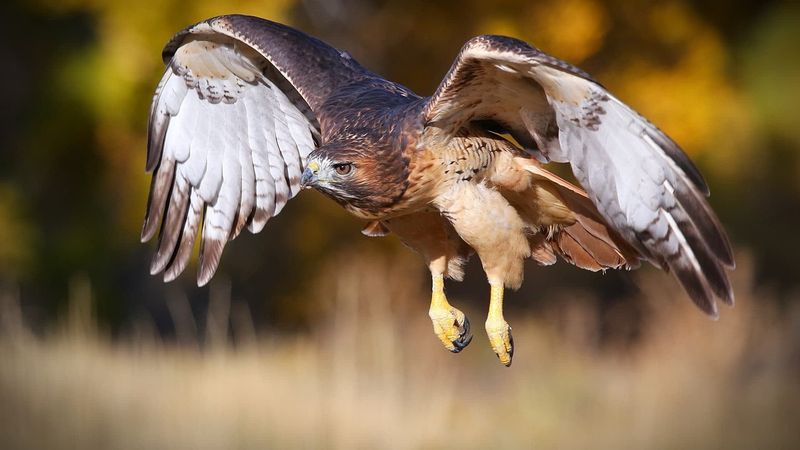
Red-tailed hawks are thriving in agricultural landscapes, providing natural pest control worth millions to farmers. A single nesting pair can capture over 1,000 rodents in a breeding season!
Beyond farms, hawks maintain the balance between predator and prey in grasslands and forests. Their hunting pressure prevents boom-and-bust cycles among rabbits, squirrels, and mice, creating more stable ecosystems that better withstand environmental changes and extreme weather events.

